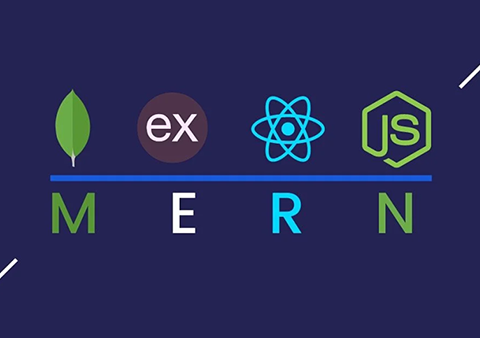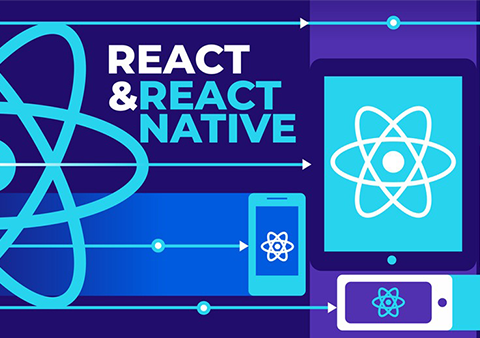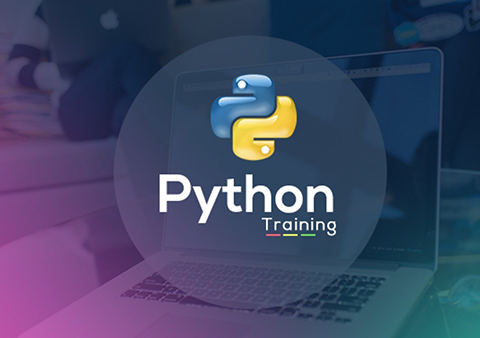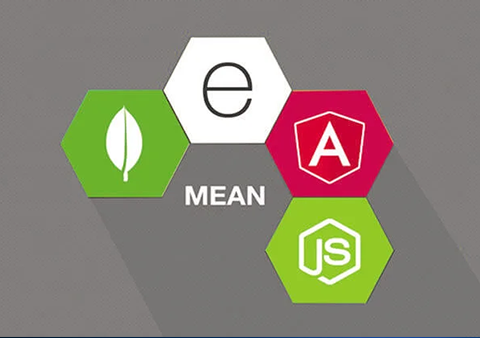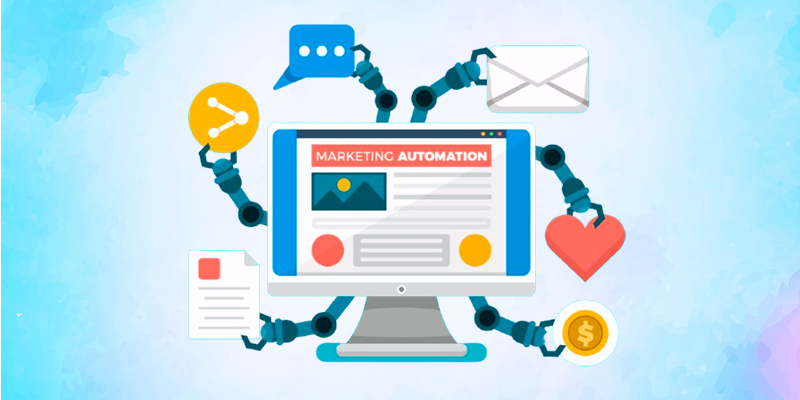Tricky Talks (or TWS Blog)
Unlock the Future of Tech with Smarter Learning and Real Impact
Learn Software Testing Step-by-Step: Concepts, Tools, and Best Practices
- Posted By: trickywebsolutions
-
 June 26, 2025
June 26, 2025
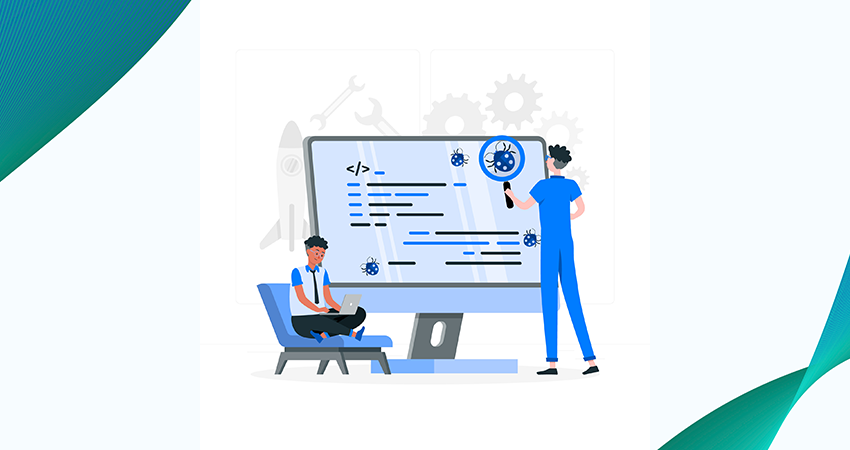
Beginning your career in software testing may seem overwhelming at first. You might wonder how to learn software testing and what software testing tools you need to get your hands on in 2025 in order to secure a high-paying software testing job. If you approach with the right mindset and strategy, you will be able to understand the fundamentals easily. In the beginning, you must think about why software testing is crucial for delivering high-quality products to the clients and how it makes a difference. Today, in this blog, we will talk about how to learn software testing, where to learn it, and explore different software testing tools.
What is Software Testing
Software testing is a process of identifying bugs so that the client gets a bug-free and high-quality product. Software testing makes sure the application is working according to the client’s requirements and matches the quality standards. It is essential to test each build to find any kind of defects before releasing it into the market. Manual testing and automation testing are employed to test the application thoroughly. Afterwards, testers communicate the defects to the development teams to fix the bug. However, the development team and the testing team work together to fulfill the common goal of delivering a reliable and easy-to-use application to the consumer.
Functional Testing Approaches
1. Manual Testing
Manual testing is the process of testing each component of software manually. This involves writing test cases, executing them, evaluating the results, and reporting the bugs and defects to the development teams.
Manual Testing Types
There are basically three types of Manual Testing:
White Box Testing
This software testing technique only tests the internal working of the software and is often done by the developers, as it requires extensive coding experience.
Types of White box testing
Unit Testing
Integration Testing
Path Testing
Loop Testing
Static Testing
Black Box Testing
This software testing technique only tests the external functionality. For example, it will only test whether the software is fulfilling the client’s needs or not, rather than testing the source code for how it’s actually doing it.
Types of Black Box Testing:
b.a) Functional Testing
Testing each and every component thoroughly against the requirement specification is known as functional testing. Below, we have listed down a few categories of Functional Testing:
Unit Testing
Integration Testing
System Testing
User Acceptance Testing
Regression Testing
Smoke Testing
Sanity Testing
b.b) Non-Functional Testing
Testing non-functional aspects of the software application is called non-functional testing. Forms of Non-functional testing:
Performance Testing
Security Testing
Usability Testing
Compatibility Testing
Recovery Testing
Grey Box Testing
This is the combination of both, which combines the functionalities of both.
2. Automation Testing
Automation testing is the process of automating the process of generating test cases, executing them, and evaluating the results. A software tester writes the required test scripts and runs them through automation tools to test each component. With the help of several automation tools, the whole process is conducted.
How to Learn Software Testing
There are several sources available that teach you how to learn software testing step by step in detail. If you are looking for online courses and bootcamps where you can learn and grow, then there are many trusted education websites that offer several courses at an affordable price, which not only include recorded classes but also live projects. Few examples include Udemy, Coursera, Skillshare, and Codecademy. Many YouTubers provide their free and paid online courses on their channels. Some well-known channels include freeCodeCamp.org, CS Dojo, Derek Banas, and LearnCode. Academy. Moreover, if you have enough time to take offline software testing training, this would be one of the best choices, as with the live mentors, you can resolve your doubts instantly.
However, you can’t learn software testing just by learning from theoretical stuff; you also have to practice how to write test cases, test scenarios, and test real-time applications. You can get started by following these steps:
Selecting Your First Test
As a newcomer to software testing, you should start by testing basic features of a website or an application, like its login functionalities. You can check whether the login functionality of a specific website is working properly by entering valid and invalid input. You can prepare the test cases that cover some basic functionalities of the particular feature.
Creating a Test
Writing a test involves the creation of test cases and test data to check how an application acts in different situations. Test cases contain step-by-step descriptions, such as the input values, expected results, and the actions required to create a particular scenario.
Running and Reviewing Tests
Once your test cases are prepared, the second step is to run them, execute each test, and closely monitor how the application reacts. Note down the actual results and compare them with the expected results described in your test cases.
If you find any bugs or defects, record them and write the steps to reproduce them. Reviewing the test results helps in enhancing your testing abilities
Software Testing Tools
Testing tools are utilized to carry out the testing of several software products. They help guarantee reliability, completeness, and efficiency in testing software applications. They are employed to meet the objectives of planned testing tasks. Additionally, these tools can function as commercial software testing solutions. Software testers use a variety of testing tools to assess the quality of the software. Here are the most commonly used software testing tools list:
BrowserStack
BrowserStack Test Management is a modern software testing platform that provides a centralized repository for test cases along with an exceptional user interface and user experience. It integrates seamlessly with other BrowserStack testing tools.
LambdaTest
LambdaTest is an AI-driven platform that enables developers and testers to conduct different types of testing across different platforms.
QA Wolf
QA Wolf transforms software testing by combining advanced automated testing tools with expert QA services, allowing web application teams to achieve end-to-end test coverage faster than ever before.
Selenium
Selenium is one of the popular multi-browser support software testing tools for creating tests on most web browsers without any coding required. As compared to other software testing tools, Selenium is fast in executing test cases.
Ranorex
This testing tool is used to test the web-based, mobile, and desktop apps. It enables automated testing on Windows desktop applications, with the ability to run tests locally or remotely on real or virtual machines.
TestProject
This is one of the freely available automation tools that enable end users to generate automated tests. It’s a comprehensive platform designed for automated testing of web applications, mobile apps, and APIs from start to finish.

